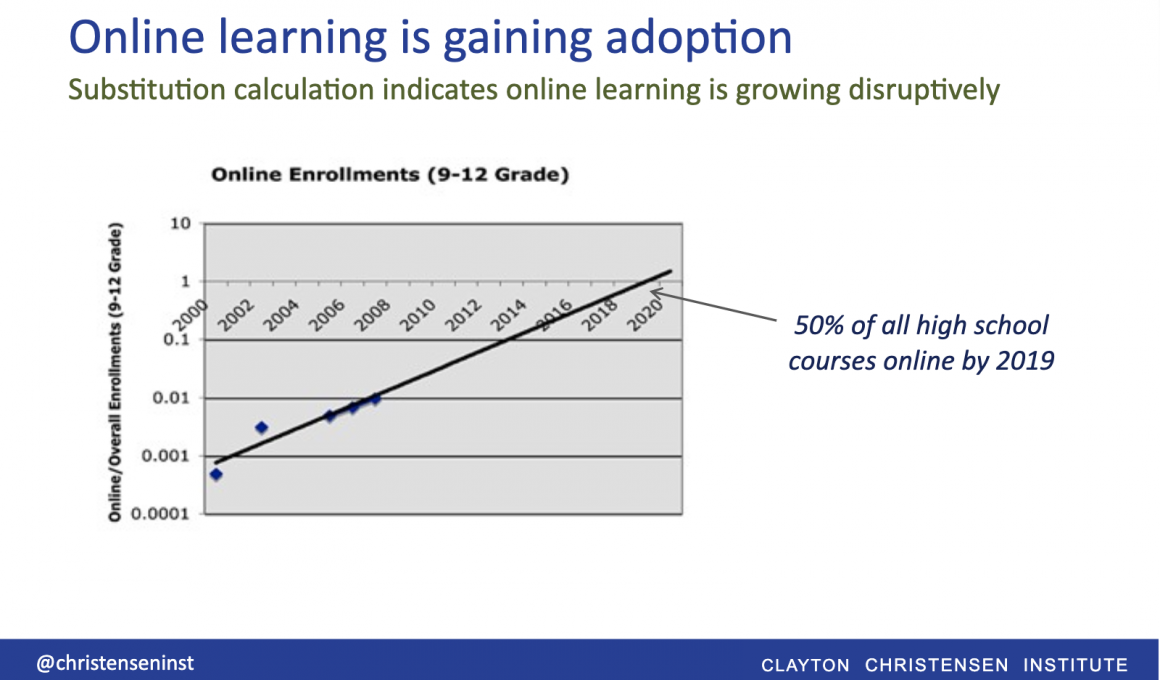A lot has been said about COVID-19 already and it’s clear this is probably going to the once-in-a-century pandemic (see Bill Gates‘s excellent piece on how we should respond). However, one of the interesting side affects might be how this will accelerate the shift to online education in schools and universities.
As a result of the outbreak an increasing number of schools, universities and businesses are ‘shutting down’, at least in a physical sense. We’ll have to start shifting more activities (temporarily) online – testing the limits of online learning and discussion.
As example of some of the services that might be used Outschool, a startup that offers live online classes for primary school kids, plans to help out schools that close due to the virus.
CEO of Google, Sundar Pichai, tweeted his response by allowing organisations, including schools, to use the advance Hangouts video-conference capabilities for free until July.
These tweets and others got me thinking about where exactly are on the adoption of online learning. Recently I read the late Clay Christensen’s book on education, Disrupting Class, where they predicted that more than 50% of high school courses will be delivered online by 2019. This is based on plotting enrolments in fully online or blended online courses in North America on a substitution curve – a straight-line representation of an S-curve – which is the curve of adoption of a new technology when it substitutes an old technology i.e. what disruption technologies typically look like when entering the market.
The pace of online learning adoption follows a S-curve, which suggests it is growing disruptively and will eventually replace monolithic (fully-offline) models. Source: Clayton Christensen Institute.
Reading this made me laugh out loud a little. Obviously High Schools are very much still around and it seems like many students still don’t touch online education but perhaps they were only off by a matter of years? And the recent events may just accelerate this shift even further.
The thing about S-curves is that at first they seem insignificant but very quickly ‘catchup’ and over take traditional methods, typically after a long period of incubation.
Between 2000 to 2007 high school student enrolments in online course grew 22x from 45,000 to 1 million. As of 2015 that number is now over 4.5 million K-12 school student enrolments in online courses. Not quite 50% but growing (as side note there are bunch of other reasons why ‘incumbent’ schools are resisting change).
Also, importantly it’s not necessarily about fully replacing in-person experience but the goal here is personalised online learning complimented by in-person or remote assistance to deliver on the vision of personalised education. Something our current ‘monolithic’ education system fails miserably.
Behaviour change is one the hardest parts of introducing new innovations into the market but as COVID-19 forces it on us, and we find these services deliver just as well and maybe better than real life in some situations, will we want to go back?
Further Reading on COVID-19 too:








3 comments